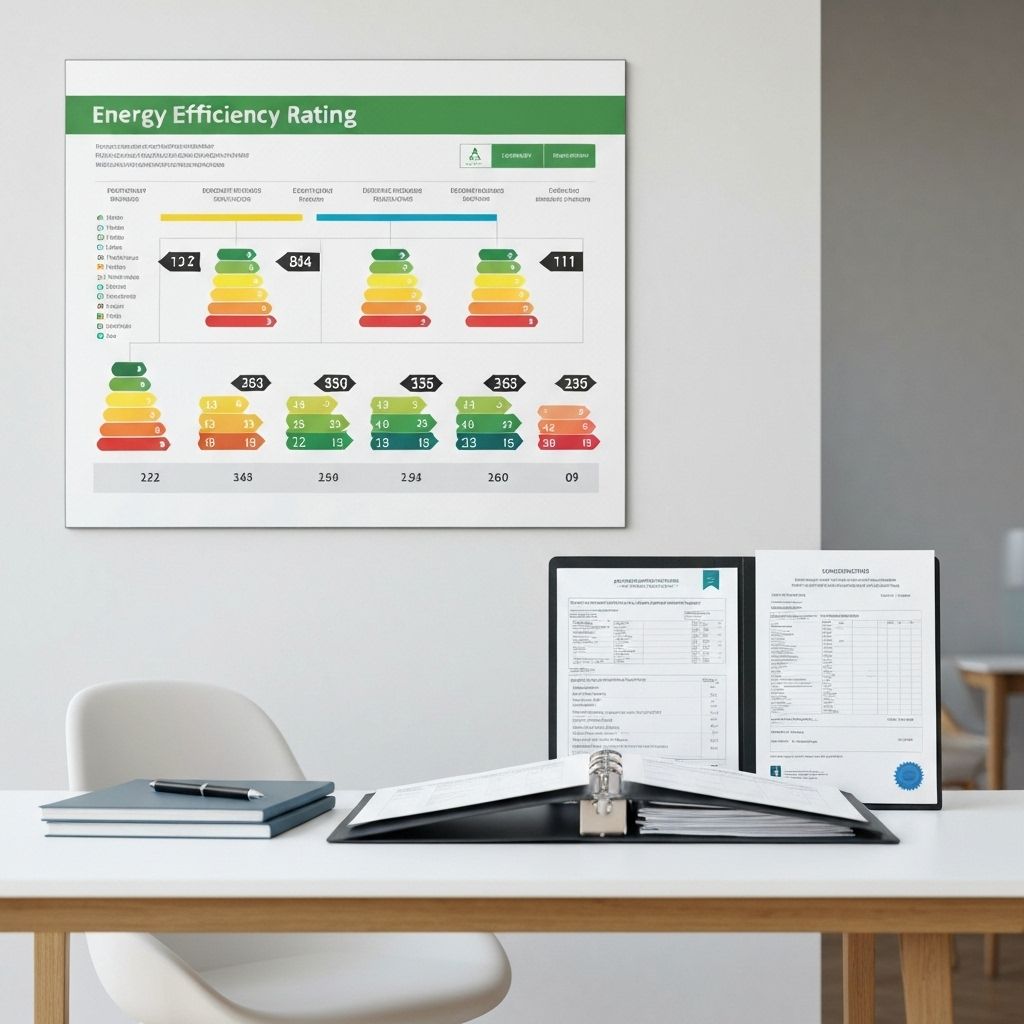Understanding the New Energy Tax Credits Simplified
A clear breakdown of recent energy regulations and what they mean for homeowners.

The Inflation Reduction Act of 2022 introduced significant tax credits and rebates for home energy improvements. These incentives can save homeowners thousands of dollars, but navigating the rules can be confusing. Here's everything you need to know to maximize your savings in 2025.
The Two Main Programs
There are two primary federal programs offering financial incentives for home energy upgrades:
1. Energy Efficient Home Improvement Credit (25C): A tax credit for energy-efficient upgrades like heat pumps, insulation, windows, and doors.
2. Residential Clean Energy Credit (25D): A tax credit for renewable energy systems like solar panels, solar water heaters, and geothermal heat pumps.
Energy Efficient Home Improvement Credit (25C)
This credit covers 30% of costs for qualifying improvements, with specific caps:
- Heat pumps: Up to $2,000 per year
- Heat pump water heaters: Up to $2,000 per year
- Biomass stoves and boilers: Up to $2,000 per year
- Insulation, air sealing, windows, doors: Up to $1,200 per year total
- Electrical panel upgrades: Up to $600 per year
- Home energy audits: Up to $150 per year
Important: These are annual limits, so you can claim them every year through 2032.
Residential Clean Energy Credit (25D)
This credit covers 30% of costs for renewable energy systems with NO dollar limit:
- Solar panels (photovoltaic systems): 30% of total cost
- Solar water heaters: 30% of total cost
- Geothermal heat pumps: 30% of total cost
- Small wind turbines: 30% of total cost
- Battery storage (added in 2023): 30% of total cost (must be 3 kWh or greater)
The 30% rate applies through 2032, then decreases to 26% in 2033 and 22% in 2034.
State and Local Rebates
In addition to federal tax credits, many states offer their own rebates and incentives. The Home Energy Rebates program (part of the Inflation Reduction Act) provides up to $14,000 in rebates for low- and moderate-income households:
- Heat pump HVAC: Up to $8,000
- Heat pump water heater: Up to $1,750
- Insulation and air sealing: Up to $1,600
- Electric panel upgrade: Up to $4,000
- Electric stove/cooktop/range/oven: Up to $840
These rebates are administered by individual states, and availability varies. Check your state's energy office website for details.
How to Claim Your Tax Credits
Step 1: Make sure your improvements meet efficiency requirements. Look for ENERGY STAR certification or check the manufacturer's specifications.
Step 2: Keep all receipts, invoices, and Manufacturer's Certification Statements.
Step 3: File IRS Form 5695 with your tax return. You'll need to provide details about the improvements and their costs.
Step 4: If you're claiming state rebates, follow your state's application process (usually separate from federal tax credits).
Real-World Savings Examples
Example 1: Solar Panel Installation
Total cost: $20,000
Federal tax credit (30%): $6,000
State rebate: $1,000
Net cost: $13,000
Example 2: Heat Pump + Insulation
Heat pump cost: $8,000 → Federal credit: $2,000
Insulation cost: $3,000 → Federal credit: $900
State rebate: $1,500
Total savings: $4,400
Pro Tips
- You can combine federal tax credits with state and local rebates
- Tax credits reduce your tax liability dollar-for-dollar (better than deductions)
- If your credit exceeds your tax liability, you can carry it forward to next year
- Get a home energy audit first to identify the most cost-effective improvements
- Plan multi-year improvements to maximize annual caps
Maximize Your Energy Tax Credits
Hyperplace helps you identify which improvements qualify for tax credits and calculates your potential savings.